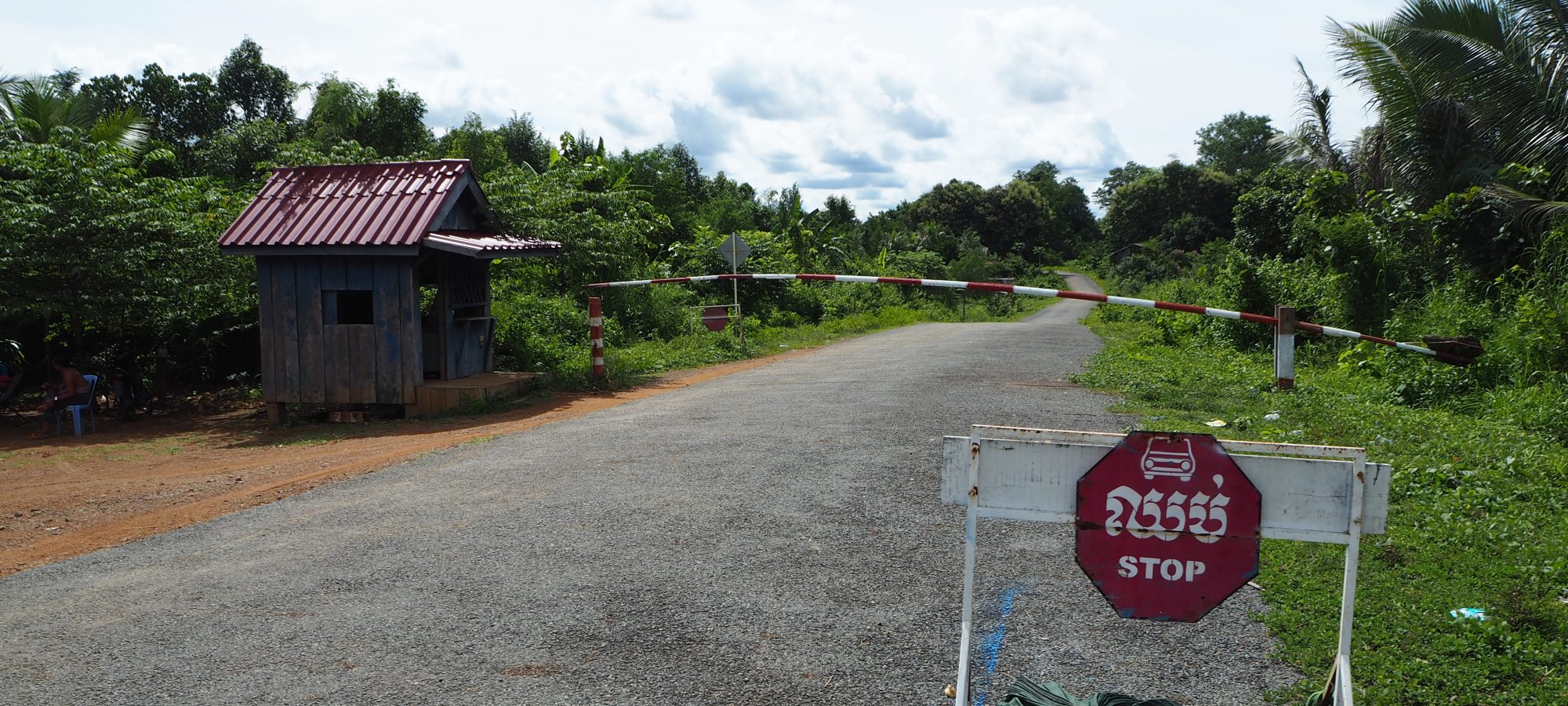At the international border checkpoints between Cambodia and Laos, Stung Treng Province, a green booth with various messages inviting people to participate in the malaria surveillance and investigation activity attracted the attention of several passers-by. It is one of the seven screening booths of Malaria Consortium set up to provide malaria blood test for border crossers using rapid diagnostic tests.
Treatment is provided immediately to anyone found to be positive for malaria and the team also collect blood for further laboratory analysis to check for any mutation in the malaria parasite gene.
“There are approximately 70 people per day using this border checkpoint to travel between Cambodia and Laos – mostly tourists,” said Hour Suy, Chief of International Checkpoint, Stung Treng Province.
The number crossing the international checkpoint reflects only one element of the actual population crossing between the two countries. With its border among forested mountain areas, Stung Treng is reported to have at least 12 other informal crossing sites. Some of these link to informal roads on the other side, while others have fences or gates. Many people are known to cross via these informal border points.
See Bia is among one of those crossing via these informal sites. This 35-year-old rice farmer was on her way to cross the border with friends, when she stopped to participate in Malaria Consortium’s surveillance checkpoint. “We normally use this road. Just follow this footpath, and then you can cross to Laos,” she said. Unlike the tourists who need to cross the border at formal checkpoints, many local people like See Bia prefer to use informal borders to access the neighboring country.
The porous border has been another great challenge for malaria control and elimination efforts in addition to general population movement. It can facilitate malaria transmission and spread drug resistance into new areas because some of those crossing may carry the malaria parasite with them. Therefore, screening these populations is vital to understand malaria transmission trends along the border. Early detection of malaria cases will also help stop the spread of the disease.
This surveillance and screening process is part of the second phase of Malaria’s Consortium Cross Border project to compare malaria trends among populations who cross the border at different crossing sites. It will help assess malaria incidence and respective patterns of resistance of malaria transmission, which in the end will benefit the long term plans for malaria control and elimination in this region.
Wanweena Tangsathianraphap is External Communications Officer for Asia
